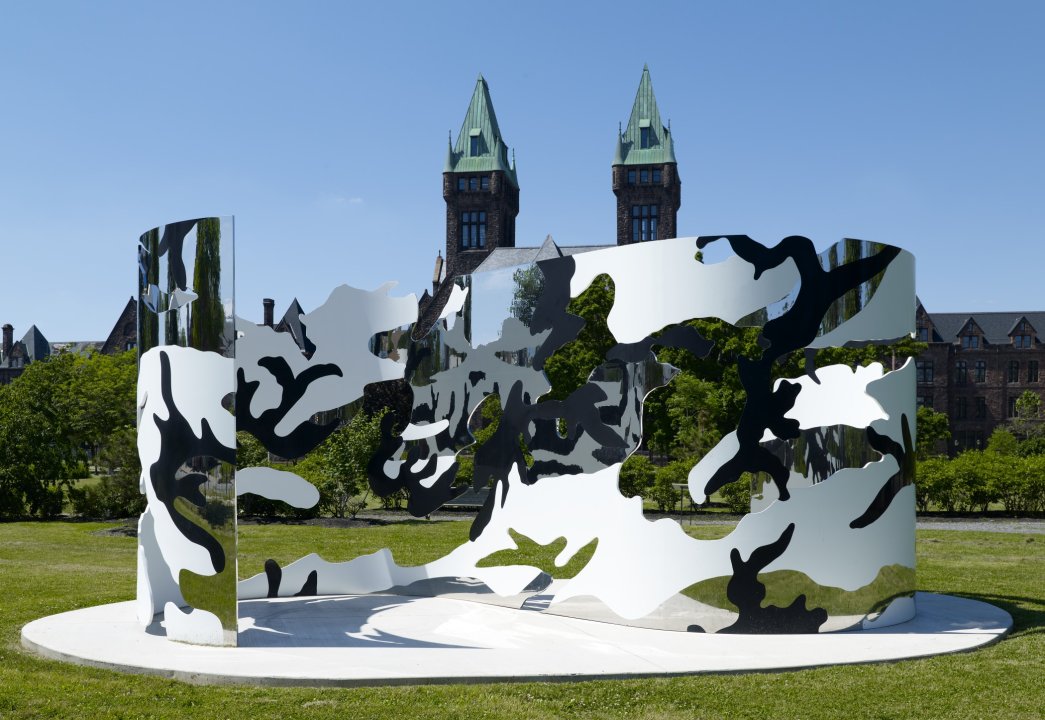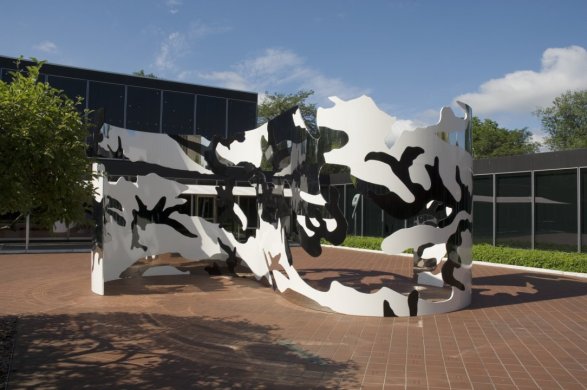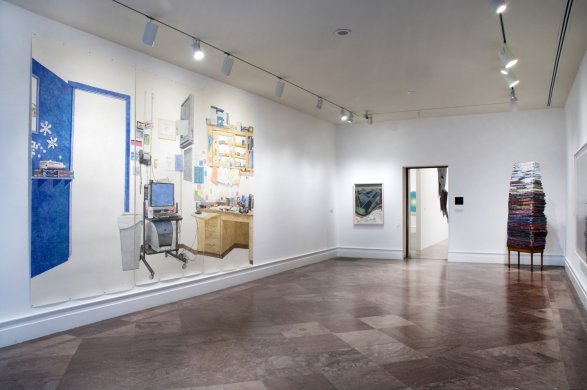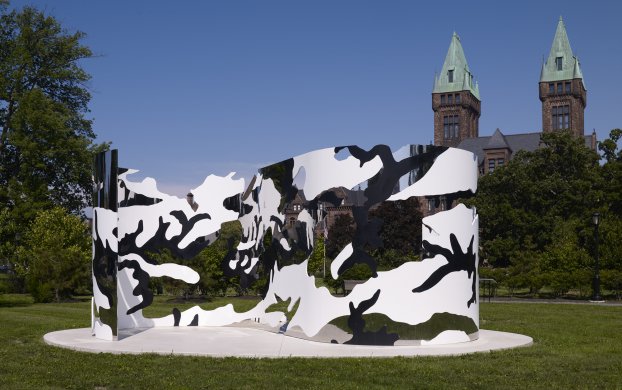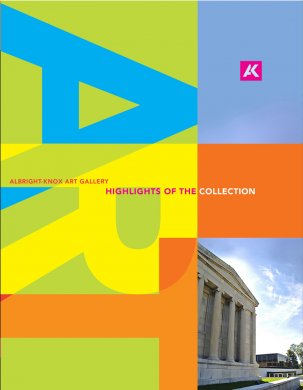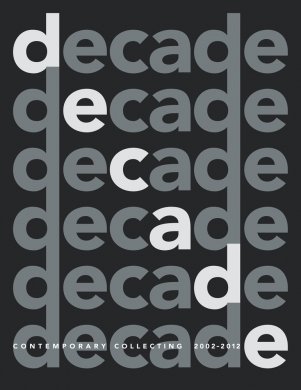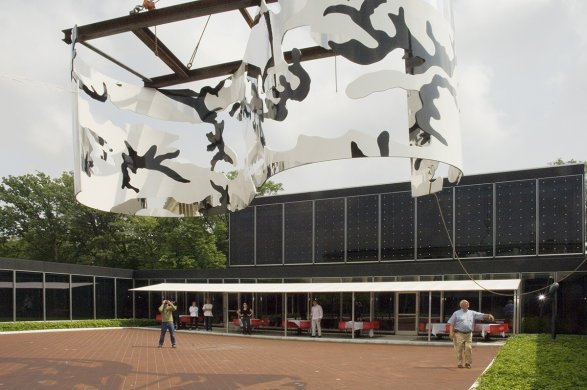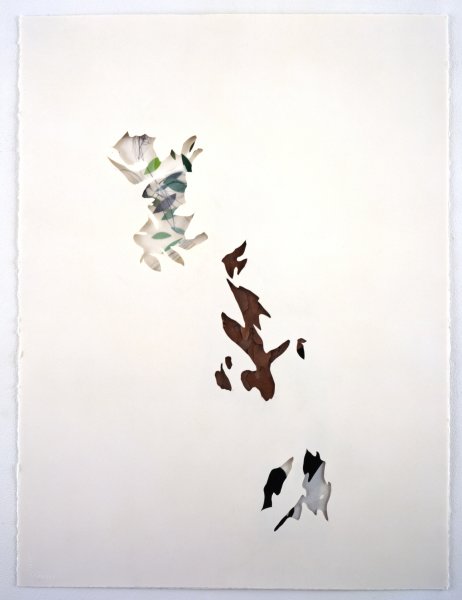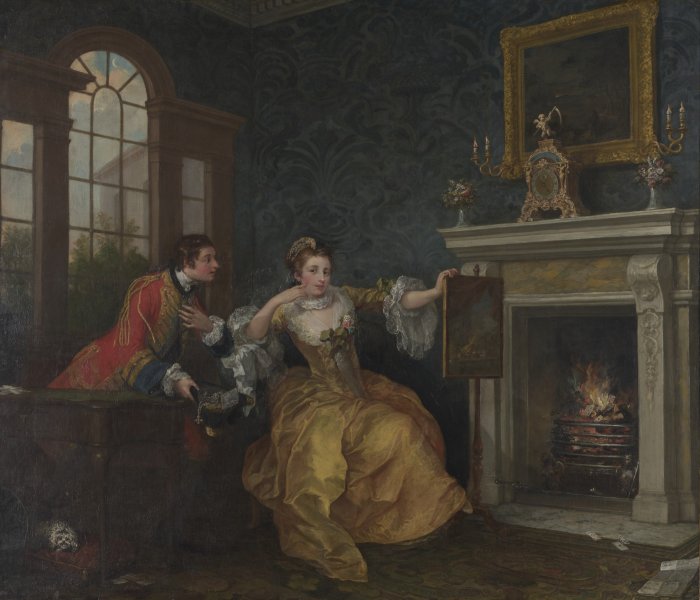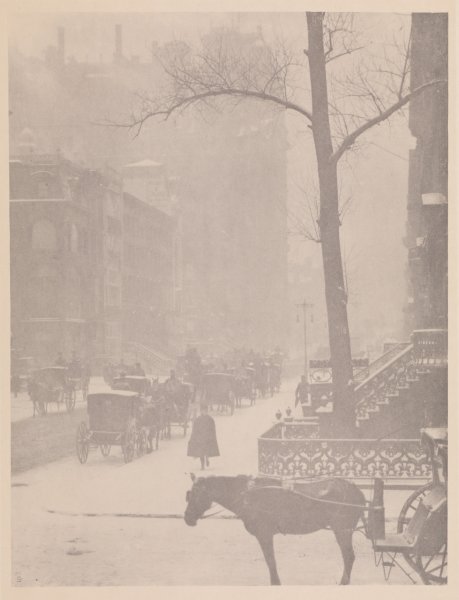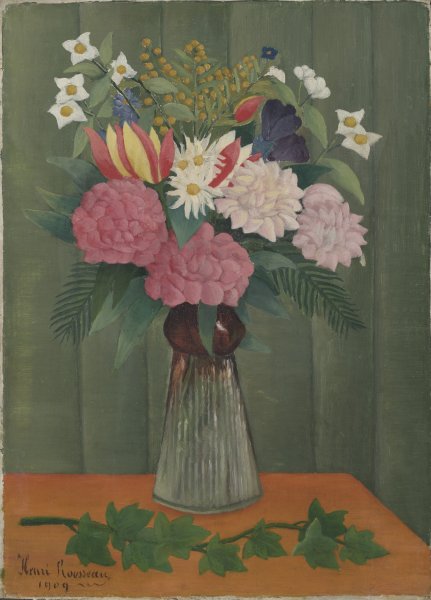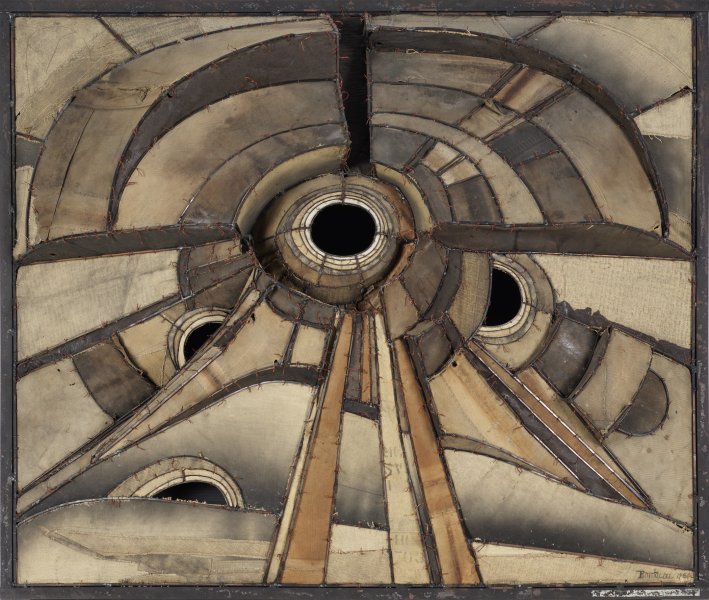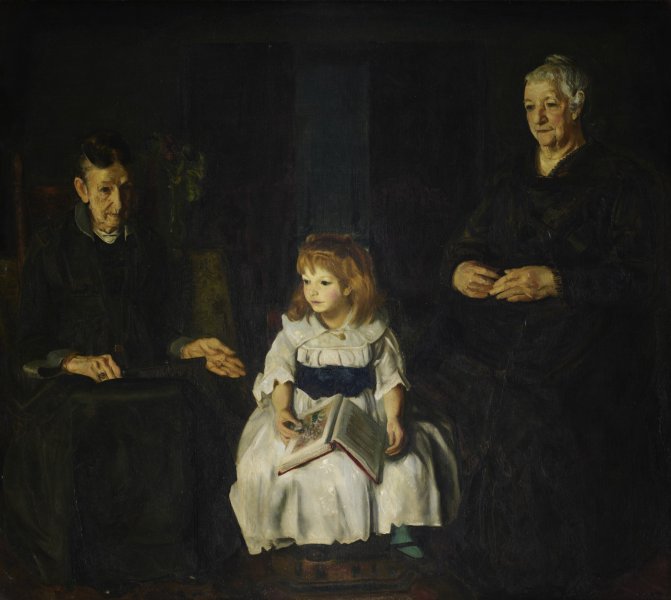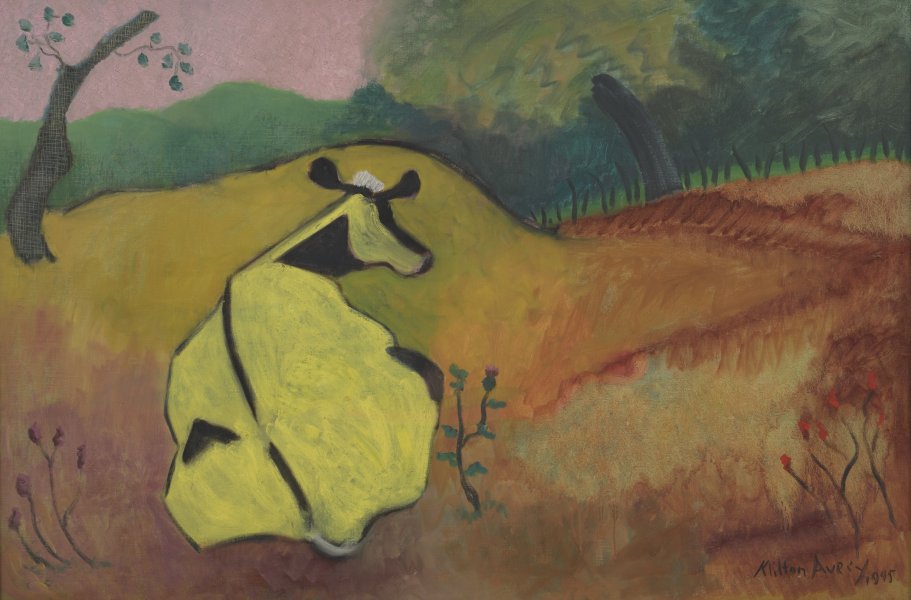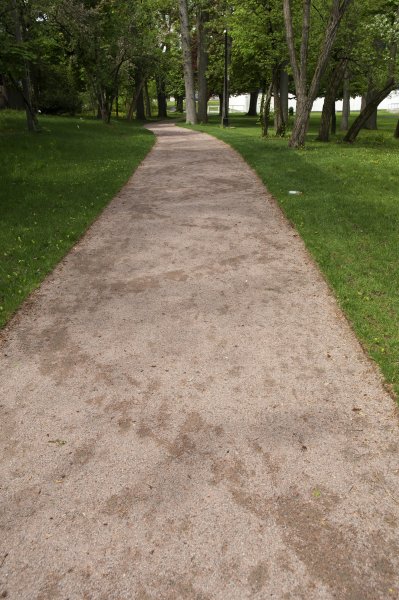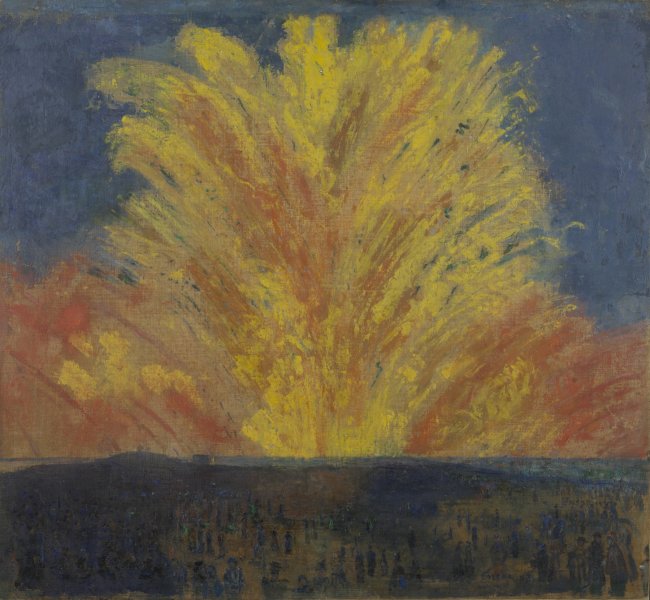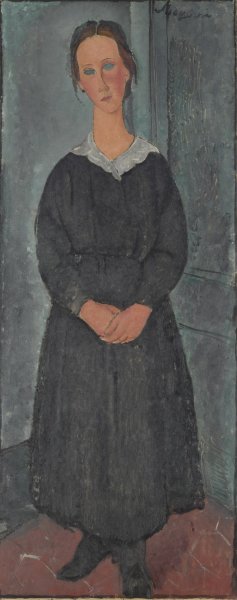Jim Hodges
American, born 1957
look and see, 2005
Artwork Details
Collection Highlight
Materials
enamel on stainless steel
Measurements
overall: 138 x 300 x 144 inches (350.52 x 762 x 365.76 cm)
Collection Buffalo AKG Art Museum
Credit
Sarah Norton Goodyear, George B. and Jenny R. Mathews and Charles Clifton Funds, 2006
Accession ID
2006:15
On View at the Richardson Olmsted Campus (Get Directions)
Jim Hodges is best known for creating poetic spectacles that employ evocative materials such as artificial flowers, gold leaf, denim, and thread. However, Hodges believes that any concept or medium can become an occasion for inventive transformation. In look and see, for example, the artist plays on the capriciousness of human perception. The work’s undulating surface of highly polished and painted stainless steel is perforated with cutouts that are at first nearly invisible, hidden by the sculpture’s highly reflective exterior and overall pattern of light and dark. The warped environment at once challenges our visual acuity and suggests a theoretical game of hide-and-go-seek between viewers and their surroundings. The camouflage-like mirrored surface of look and see also presents an industrialized interpretation of the landscape, calling into question the ways in which contemporary culture has blurred the distinction between nature and its artifice.
